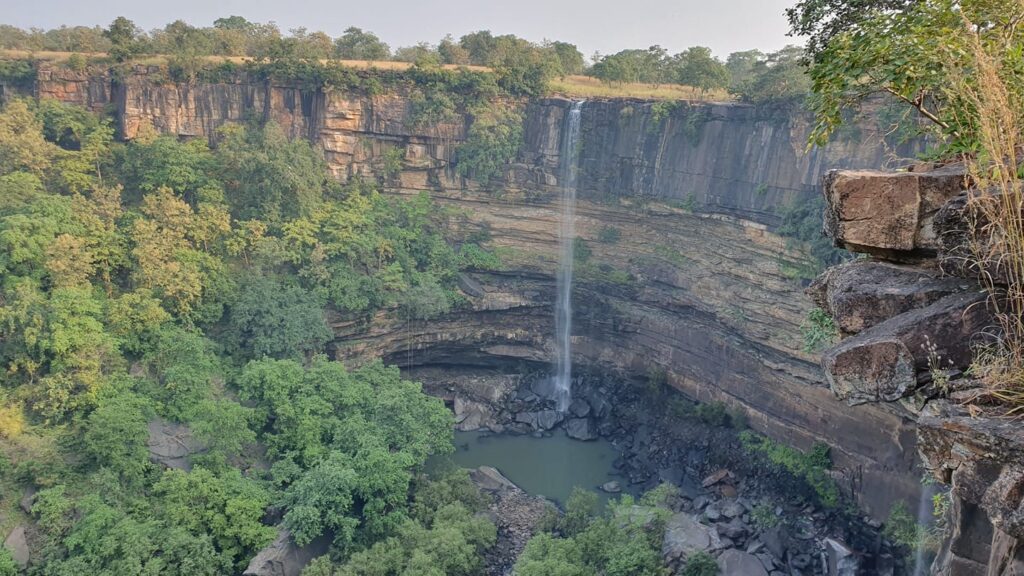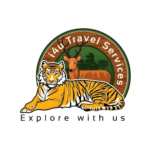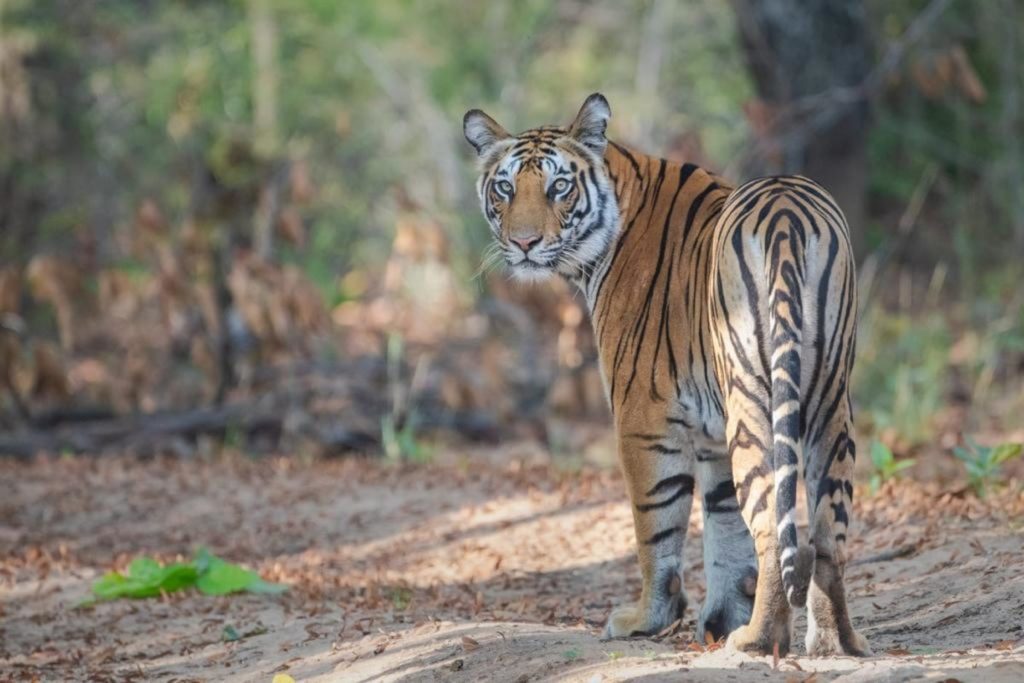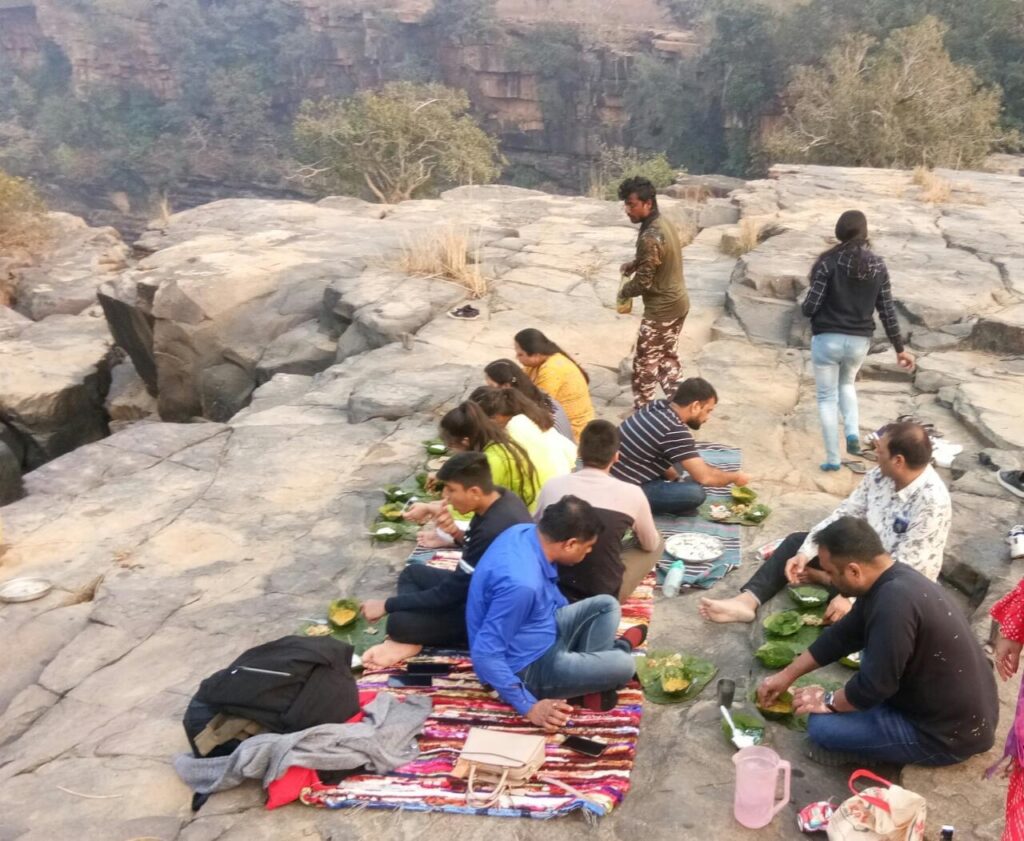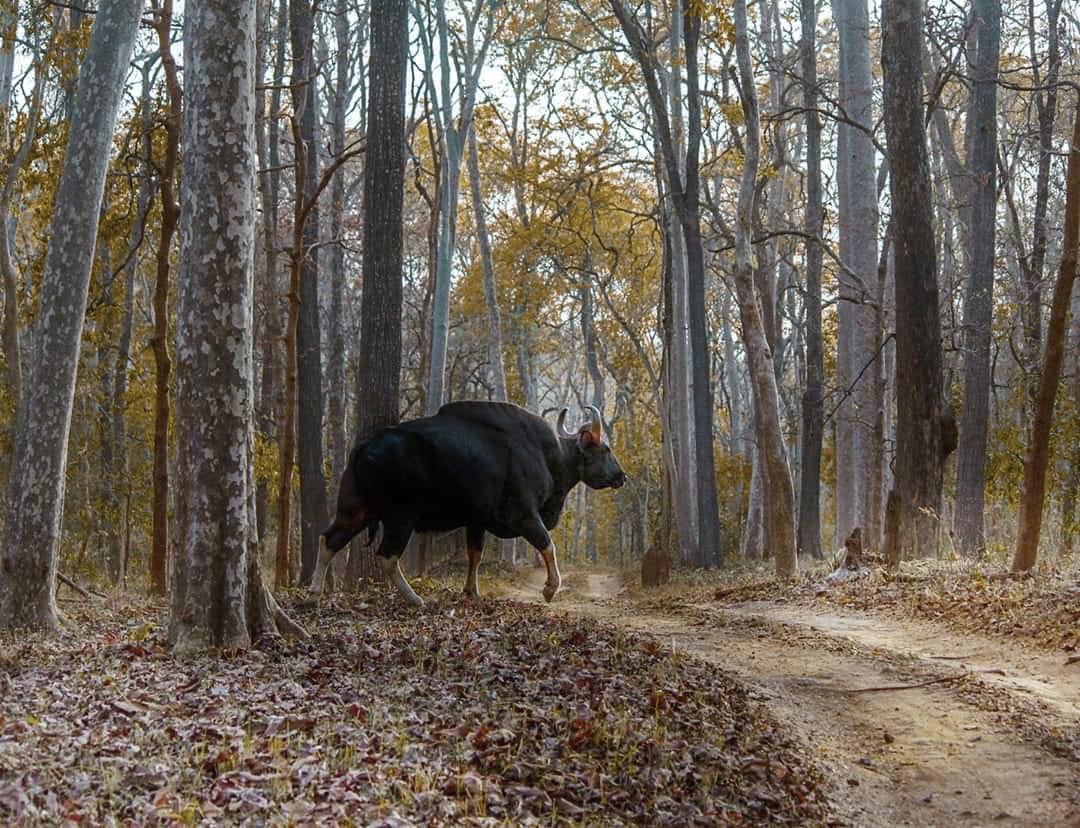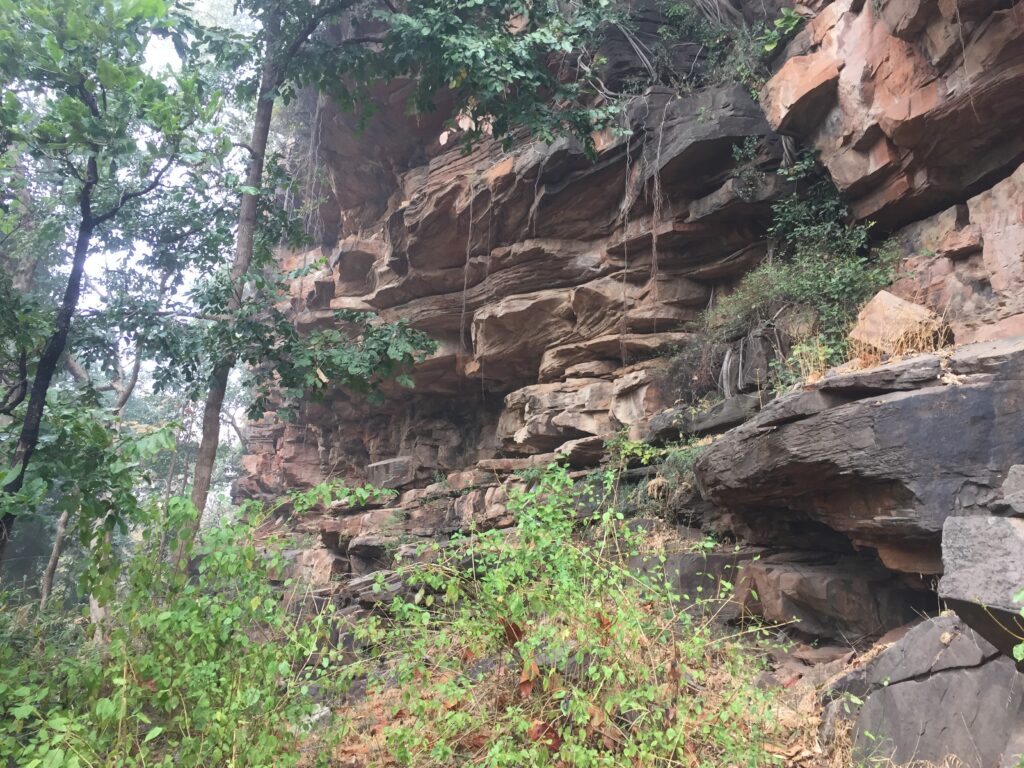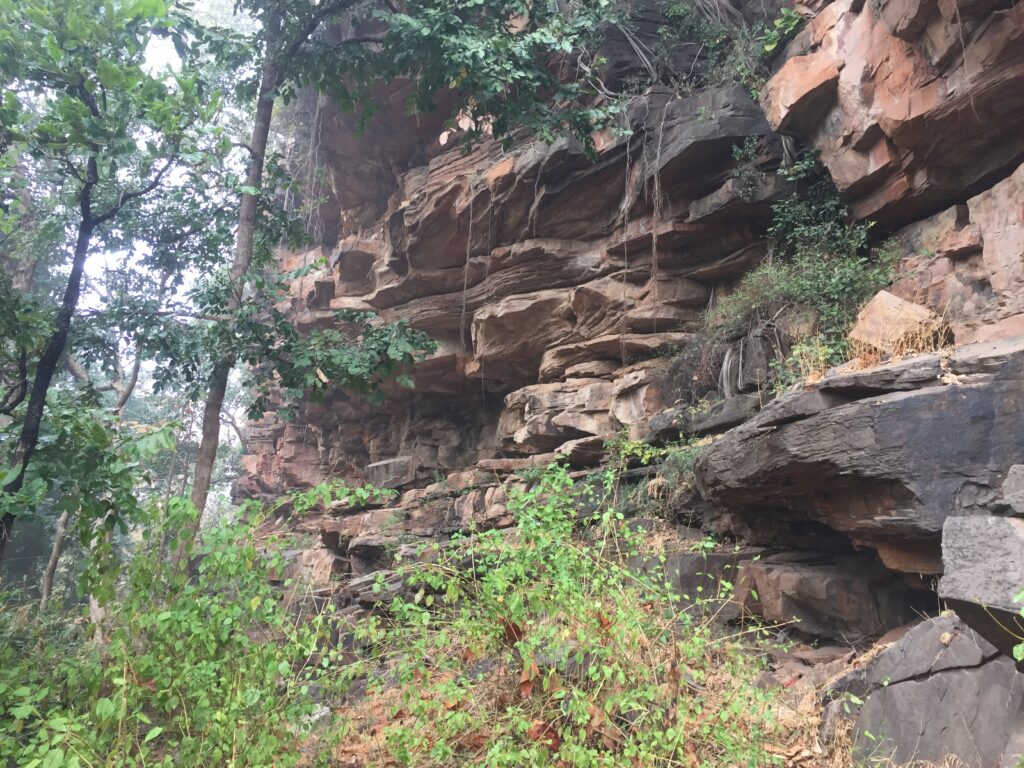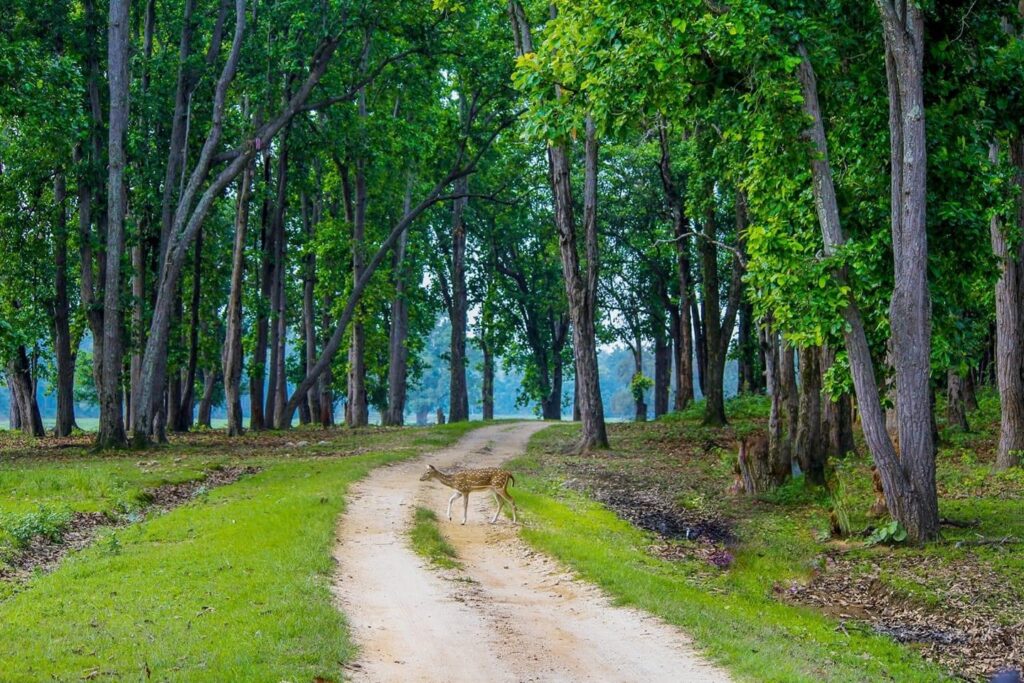Panna was the 2nd tiger reserve after Sariska to loose all it’s resident tigers to poaching specifically, a significant disadvantage of it’s location.
Although tigers were reintroduced in Sariska in 2005, way before Panna, currently the population of tigers in sariska is around 18-20 whereas Panna boasts of more than 35 tigers including the core, buffer and the local landscape which does comprise of Lalitpur & Chitrakoot.
Here is the story of this magical transformation of Panna from a barren land to a crucial tiger habitat.
The unsavoury report of the absolute dissapearence of tigers from Panna would have been ignored and gone unnoticed if it hadn’t been for the wildlife scientist Mr Raghunandan Chundawat who approached pillar and posts to highlight this issue and bring this matter into the books of the NTCA ( National Tiger Conservation Authority ) as well as the local government and central Ministry of Environment & Forests.
Subsequent to the park going dry, a plan to repopulate the reserve was initiated – a pioneering attempt in the state.
The then Field Director of Panna, Mr Sreenivasa Murthy inspired and motivated his team with assistance from scientists, NGO & the government and roped in the locals through activities like “Panna Nature Club”.
On 3rd March ‘2009, a female from Bandhavgarh ( T1 ) and another female from kanha ( T2 ) were relocated to Panna. The intention of bringing 2 females were to stabilize the asymmetrical sex ratio.
However, unfortunately, the last male tiger of Panna also mysteriously disappeared. To balance this, a male tiger ( T3 ) from pench was shifted and released in the park on 14th Nov ‘2009.
T3 was a wandering soul and started moving out of the limits of the park towards the southern direction from Panna, distinctively towards Pench, it’s homeground. This was for the first time that the world had witnessed the homing instinct in a wild tiger.T3 was tranquilized, captured and brought back to Panna. He was released in the park & subsequently mated with T1. A unique experiment of sprinkling female tiger urine, procured from Van Vihar, Bhopal, in T1’s area was initiated to confine him to the limits of the park and allure him to mate.
T1 delivered 4 cubs on 16th April ‘2010 of which 2 still survive. This created another history of successful breeding post reintroduction and relocation of tigers.
The park today boasts of 40 adults and 14 cubs as per the Wildlife Institute of India.
